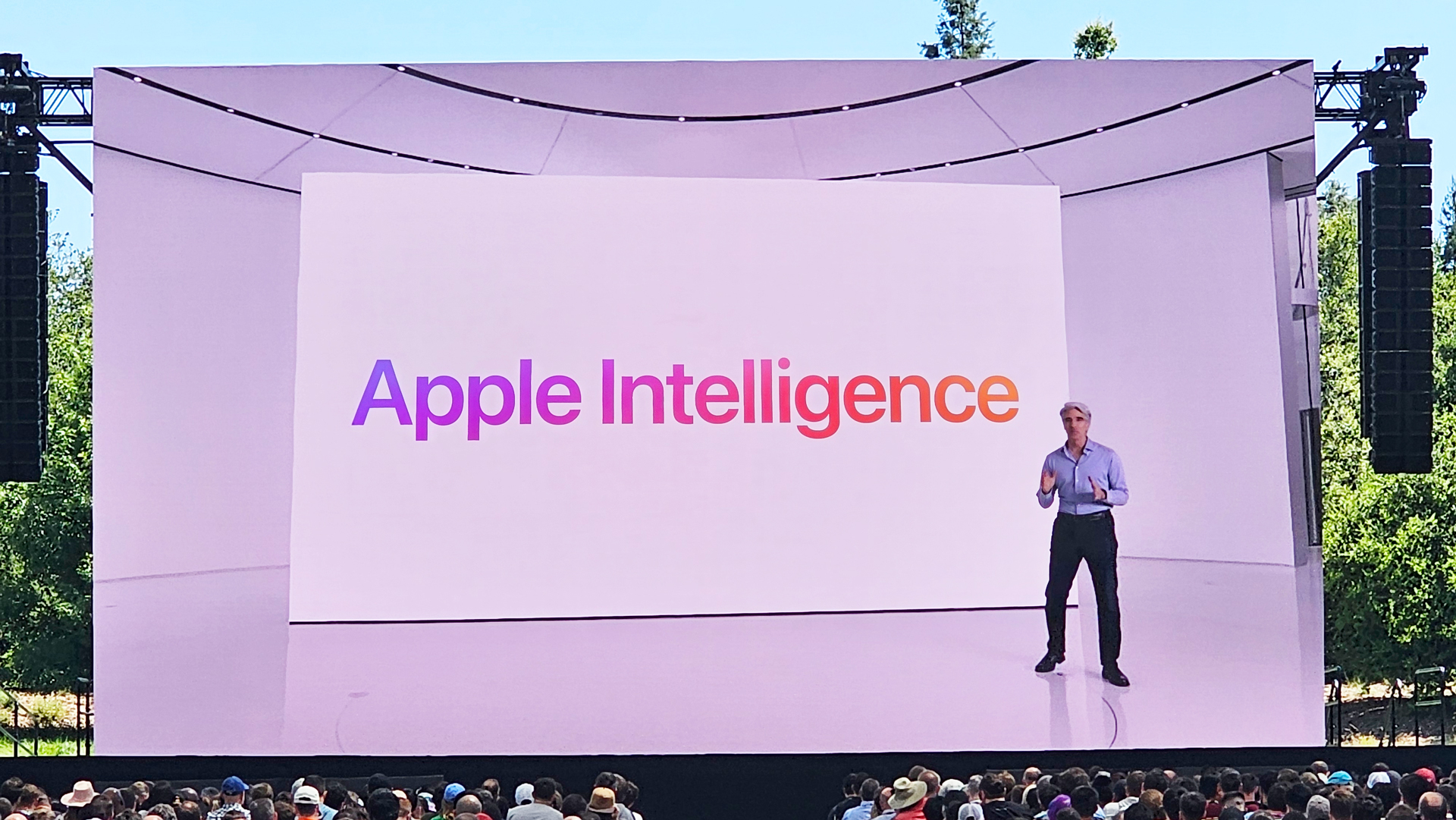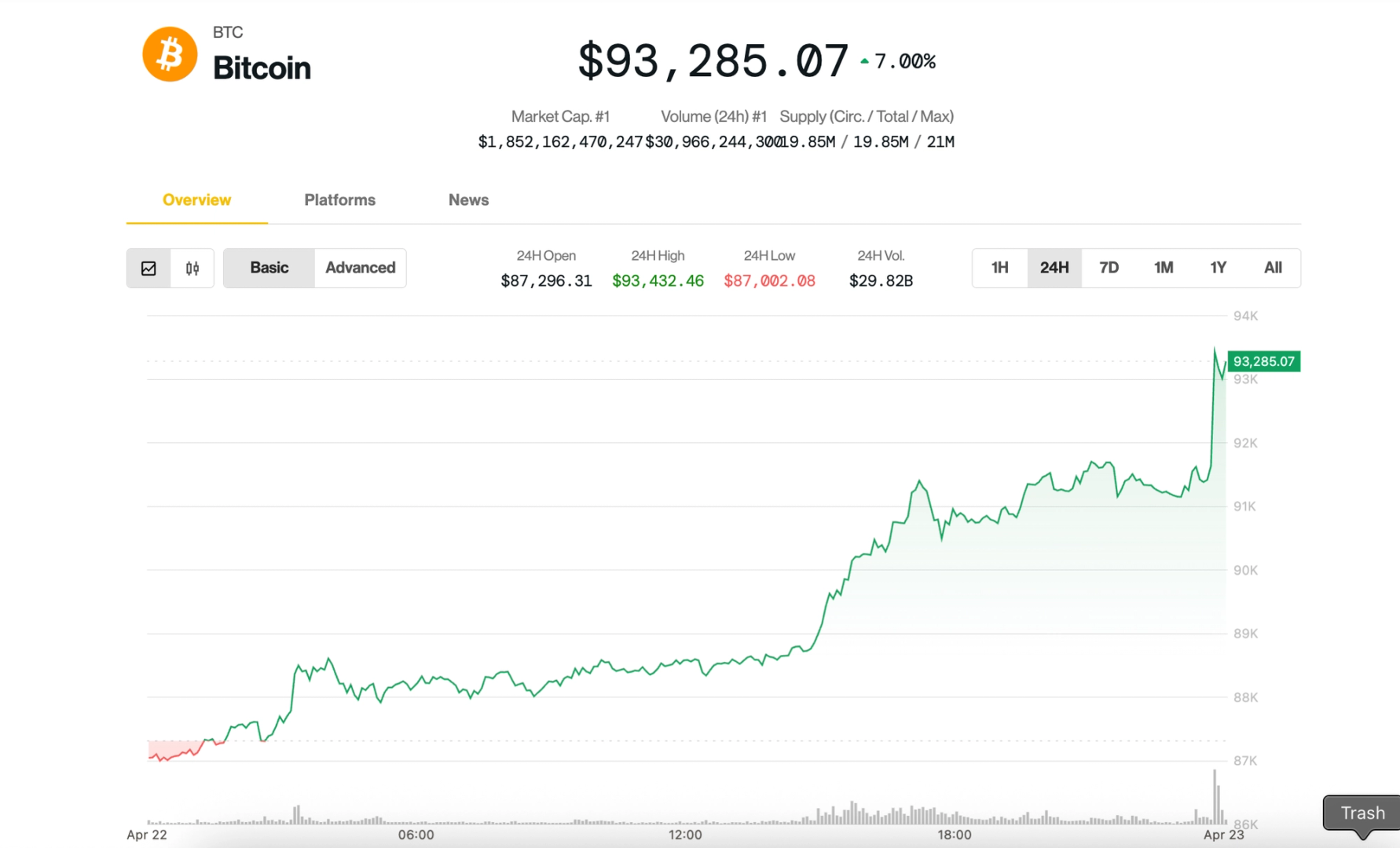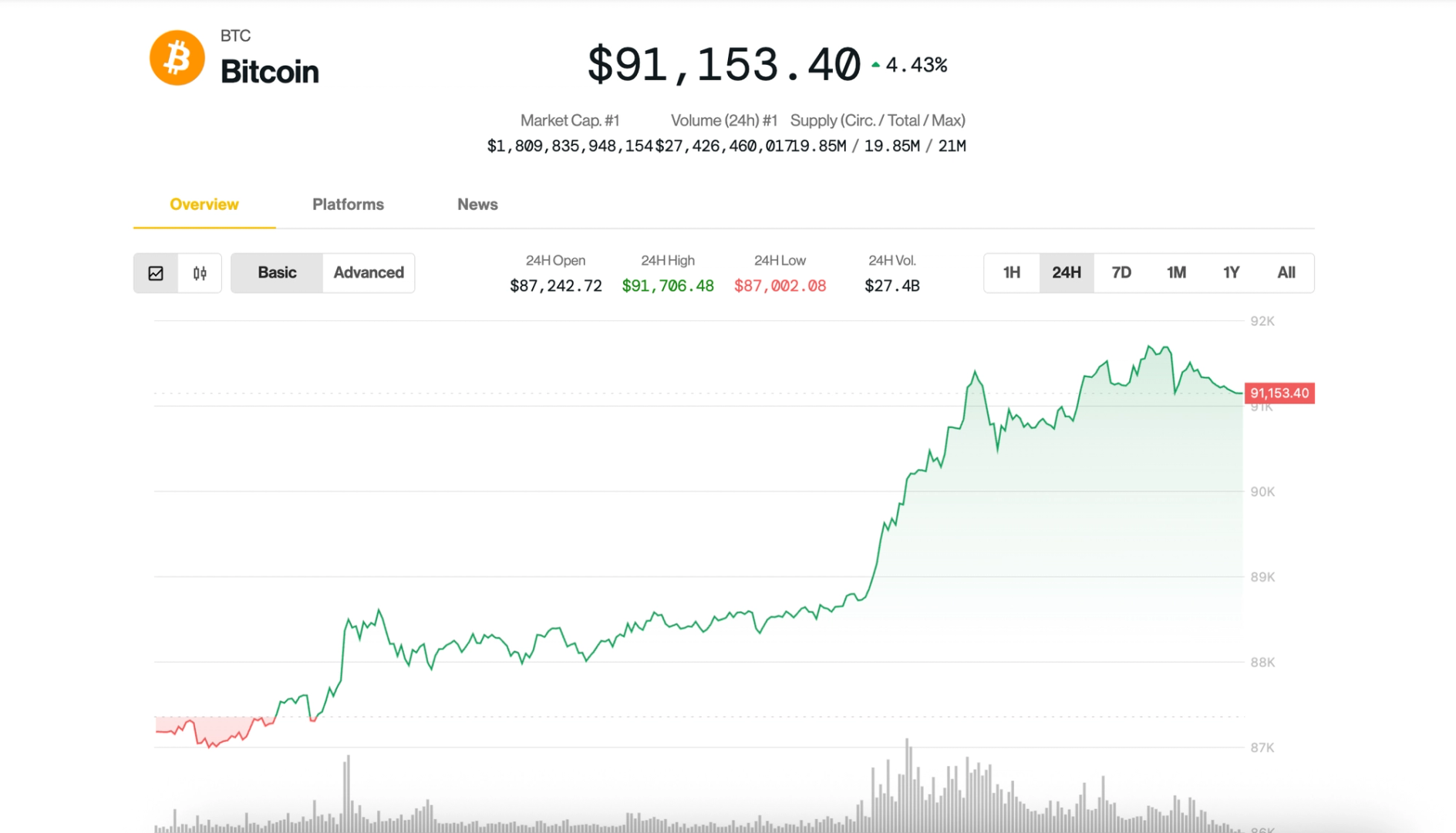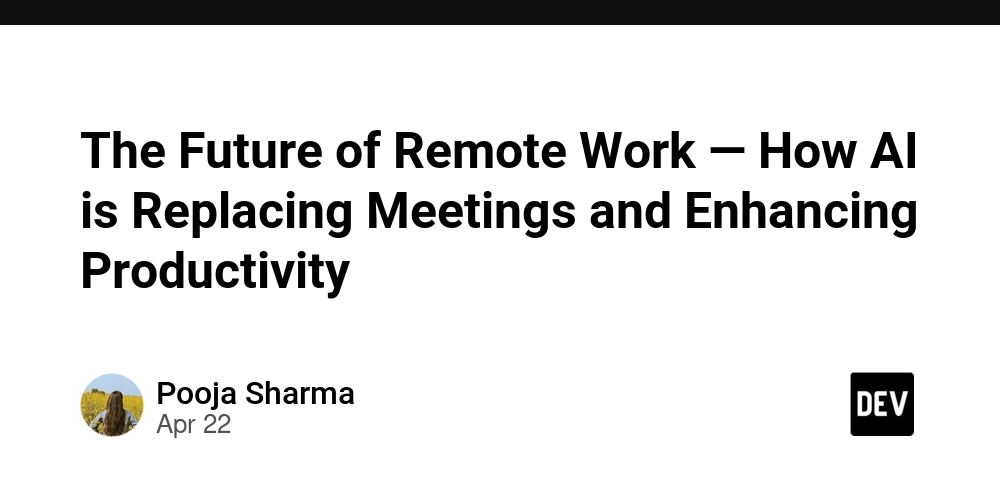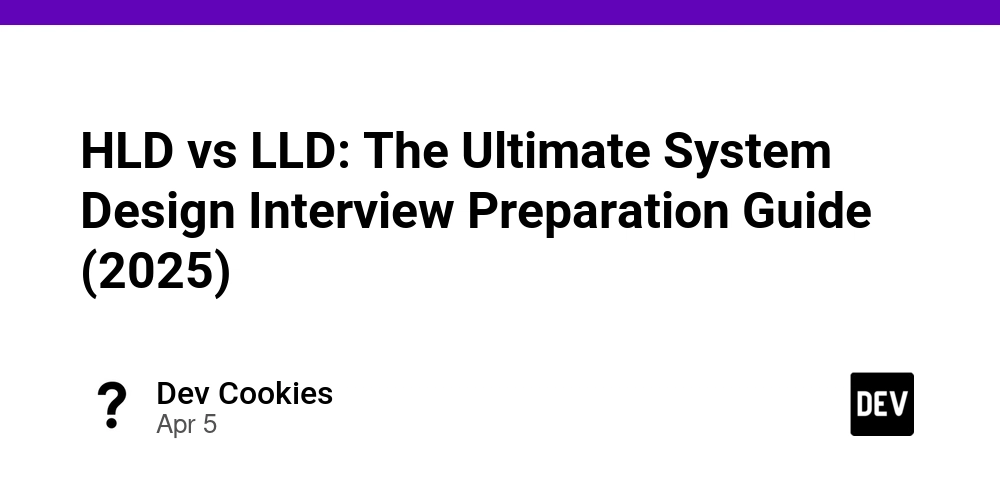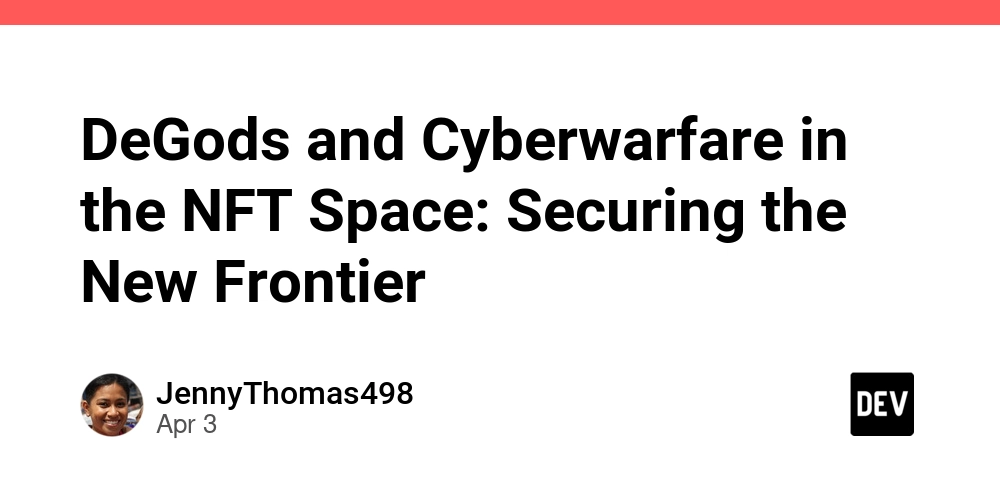How Automation Drives Value in Cloud Finance: FinOps Principles in Action (AWS Focus)
Automation is a cornerstone of modern FinOps (Cloud Financial Management) practices, especially in complex environments like AWS. When applied thoughtfully, automation helps organizations optimize costs, improve consistency, and drive greater business value from their cloud investments. Here are key scenarios—grounded in FinOps principles—where automation transforms cloud finance, with real-world AWS examples. 1. Consistency and Reliability in Cost Management Scenario: A large enterprise runs hundreds of AWS EC2 instances across multiple teams. Manual tagging for cost allocation is inconsistent, leading to unclear reporting and missed optimization opportunities. FinOps Principle: Standardization and Accountability—FinOps encourages consistent, repeatable processes for managing cloud spend, ensuring every team is accountable for their usage. Automation Solution: Tag Governance Automation: AWS Lambda and AWS Config rules can be set up to automatically enforce tagging policies. For example, if an EC2 instance is launched without required tags (like Project or CostCenter), a Lambda function can auto-apply default tags or alert the resource owner. Outcome: Ensures all resources are tagged correctly, enabling accurate cost allocation. Reduces manual errors and administrative overhead. Provides reliable, real-time data for AWS Cost Explorer and chargeback reports. Real-World Example: Capital One automated tagging across 50+ teams, enabling granular cost reporting and saving millions in misallocated cloud spend. 2. Real-Time Cost Optimization and Anomaly Detection Scenario: Cloud usage spikes unexpectedly over a weekend, causing a budget overrun. Manual monitoring fails to catch the anomaly until after the billing cycle. FinOps Principle: Visibility and Optimization—FinOps relies on real-time insights to proactively manage costs and prevent waste. Automation Solution: Automated Budget Alerts and Remediation: AWS Budgets can trigger alerts when spending exceeds thresholds. Integrating with AWS Lambda, the system can automatically stop or downsize idle resources, or notify owners for approval before action. Outcome: Prevents runaway costs by acting on anomalies as they occur. Enables continuous improvement and rapid response to usage changes. Real-World Example: CloudCom Innovations reduced unexpected costs by 40% using automated budget alerts and Lambda-driven remediation. 3. Scheduled Resource Management Scenario: Development environments are left running outside business hours, accruing unnecessary costs. FinOps Principle: Optimization and Efficiency—Focus on eliminating waste and right-sizing resources to match actual need. Automation Solution: Scheduled Start/Stop Automation: Use AWS Instance Scheduler or Lambda scripts to automatically stop non-production EC2 instances during nights and weekends, and restart them during working hours. Outcome: Delivers substantial savings with minimal impact on productivity. Frees up FinOps and engineering teams from repetitive manual tasks. Real-World Example: Airpay Payment Services saved 20% on AWS costs by auto-stopping dev instances after hours. 4. Integration and Collaboration Across Teams Scenario: Finance, engineering, and operations teams use different tools and processes, leading to fragmented cost management. FinOps Principle: Collaboration and Centralization—FinOps breaks down silos, centralizes governance, and ensures all stakeholders have access to the same data and tools. Automation Solution: Automated Reporting and Ticketing Integration: Integrate FinOps automation with existing ticketing systems (e.g., Jira or ServiceNow). Automated alerts or optimization recommendations generate actionable tickets, streamlining cross-team collaboration. Outcome: Ensures transparency and accountability. Drives faster, coordinated responses to cost issues. 5. Continuous Improvement and Adaptation Scenario: As cloud usage grows, previously manual processes become bottlenecks, and automation needs to evolve. FinOps Principle: Continuous Improvement—FinOps is iterative, requiring ongoing reassessment of automation ROI and process effectiveness. Automation Solution: Performance Measurement and Feedback Loops: Use AWS Cost Explorer API and custom dashboards to continuously monitor the impact of automation on spend and efficiency. Adjust automation rules as business needs change. Outcome: Ensures automation remains aligned with business goals. Supports scaling FinOps practices as the organization grows. Real-World Example: NASDAQ uses AWS Compute Optimizer to right-size 80% of their EC2 fleet, saving millions annually. Risks and Considerations Over-reliance on automation can lead to unnoticed failures or conflicts between automated processes (e.g., auto-scaling vs. tag enforcement). Security and Compliance: Automation of
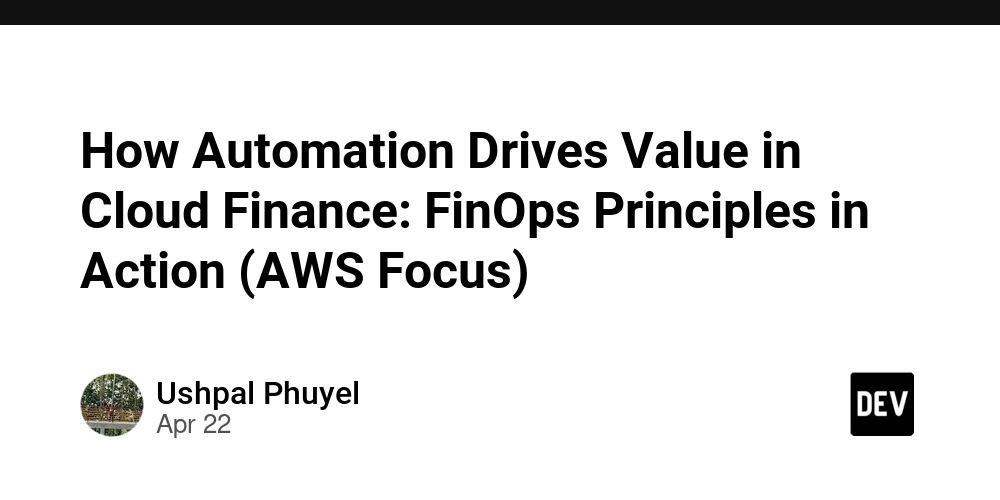
Automation is a cornerstone of modern FinOps (Cloud Financial Management) practices, especially in complex environments like AWS. When applied thoughtfully, automation helps organizations optimize costs, improve consistency, and drive greater business value from their cloud investments. Here are key scenarios—grounded in FinOps principles—where automation transforms cloud finance, with real-world AWS examples.
1. Consistency and Reliability in Cost Management
Scenario:
A large enterprise runs hundreds of AWS EC2 instances across multiple teams. Manual tagging for cost allocation is inconsistent, leading to unclear reporting and missed optimization opportunities.
FinOps Principle:
Standardization and Accountability—FinOps encourages consistent, repeatable processes for managing cloud spend, ensuring every team is accountable for their usage.
Automation Solution:
-
Tag Governance Automation:
AWS Lambda and AWS Config rules can be set up to automatically enforce tagging policies. For example, if an EC2 instance is launched without required tags (like
ProjectorCostCenter), a Lambda function can auto-apply default tags or alert the resource owner.
Outcome:
- Ensures all resources are tagged correctly, enabling accurate cost allocation.
- Reduces manual errors and administrative overhead.
- Provides reliable, real-time data for AWS Cost Explorer and chargeback reports.
Real-World Example:
Capital One automated tagging across 50+ teams, enabling granular cost reporting and saving millions in misallocated cloud spend.
2. Real-Time Cost Optimization and Anomaly Detection
Scenario:
Cloud usage spikes unexpectedly over a weekend, causing a budget overrun. Manual monitoring fails to catch the anomaly until after the billing cycle.
FinOps Principle:
Visibility and Optimization—FinOps relies on real-time insights to proactively manage costs and prevent waste.
Automation Solution:
- Automated Budget Alerts and Remediation: AWS Budgets can trigger alerts when spending exceeds thresholds. Integrating with AWS Lambda, the system can automatically stop or downsize idle resources, or notify owners for approval before action.
Outcome:
- Prevents runaway costs by acting on anomalies as they occur.
- Enables continuous improvement and rapid response to usage changes.
Real-World Example:
CloudCom Innovations reduced unexpected costs by 40% using automated budget alerts and Lambda-driven remediation.
3. Scheduled Resource Management
Scenario:
Development environments are left running outside business hours, accruing unnecessary costs.
FinOps Principle:
Optimization and Efficiency—Focus on eliminating waste and right-sizing resources to match actual need.
Automation Solution:
- Scheduled Start/Stop Automation: Use AWS Instance Scheduler or Lambda scripts to automatically stop non-production EC2 instances during nights and weekends, and restart them during working hours.
Outcome:
- Delivers substantial savings with minimal impact on productivity.
- Frees up FinOps and engineering teams from repetitive manual tasks.
Real-World Example:
Airpay Payment Services saved 20% on AWS costs by auto-stopping dev instances after hours.
4. Integration and Collaboration Across Teams
Scenario:
Finance, engineering, and operations teams use different tools and processes, leading to fragmented cost management.
FinOps Principle:
Collaboration and Centralization—FinOps breaks down silos, centralizes governance, and ensures all stakeholders have access to the same data and tools.
Automation Solution:
- Automated Reporting and Ticketing Integration: Integrate FinOps automation with existing ticketing systems (e.g., Jira or ServiceNow). Automated alerts or optimization recommendations generate actionable tickets, streamlining cross-team collaboration.
Outcome:
- Ensures transparency and accountability.
- Drives faster, coordinated responses to cost issues.
5. Continuous Improvement and Adaptation
Scenario:
As cloud usage grows, previously manual processes become bottlenecks, and automation needs to evolve.
FinOps Principle:
Continuous Improvement—FinOps is iterative, requiring ongoing reassessment of automation ROI and process effectiveness.
Automation Solution:
- Performance Measurement and Feedback Loops: Use AWS Cost Explorer API and custom dashboards to continuously monitor the impact of automation on spend and efficiency. Adjust automation rules as business needs change.
Outcome:
- Ensures automation remains aligned with business goals.
- Supports scaling FinOps practices as the organization grows.
Real-World Example:
NASDAQ uses AWS Compute Optimizer to right-size 80% of their EC2 fleet, saving millions annually.
Risks and Considerations
- Over-reliance on automation can lead to unnoticed failures or conflicts between automated processes (e.g., auto-scaling vs. tag enforcement).
- Security and Compliance: Automation often requires elevated permissions. Proper governance, audit trails, and regular reviews are essential to minimize risk.
- Change Management: Automation should be rolled out incrementally, with humans kept in the loop for critical decisions and oversight.
Conclusion
Automation, when guided by FinOps principles, transforms cloud finance from a reactive, manual process to a proactive, data-driven discipline. In AWS environments, automation enables:
- Consistent and reliable cost management.
- Real-time optimization and anomaly response.
- Scalable, standardized workflows across teams.
- Continuous adaptation as cloud usage evolves.
By focusing on business outcomes, validating ROI, and maintaining strong governance, organizations can harness automation to maximize cloud value and drive lasting financial success.











































































































































































![[The AI Show Episode 144]: ChatGPT’s New Memory, Shopify CEO’s Leaked “AI First” Memo, Google Cloud Next Releases, o3 and o4-mini Coming Soon & Llama 4’s Rocky Launch](https://www.marketingaiinstitute.com/hubfs/ep%20144%20cover.png)



















































































































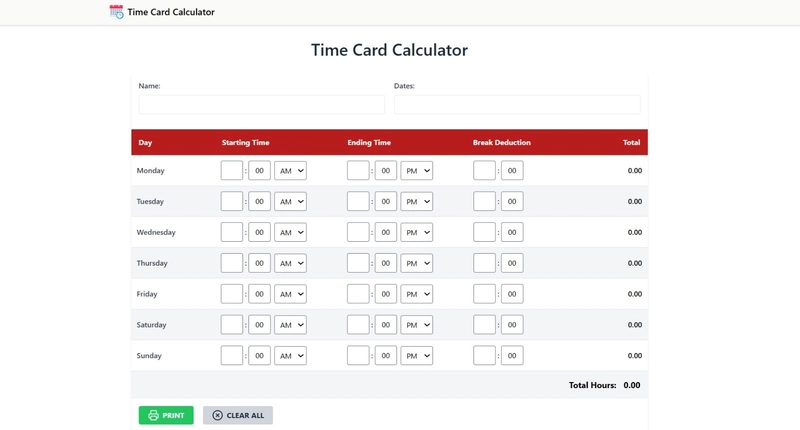
































































































































-All-will-be-revealed-00-35-05.png?width=1920&height=1920&fit=bounds&quality=70&format=jpg&auto=webp#)


















































































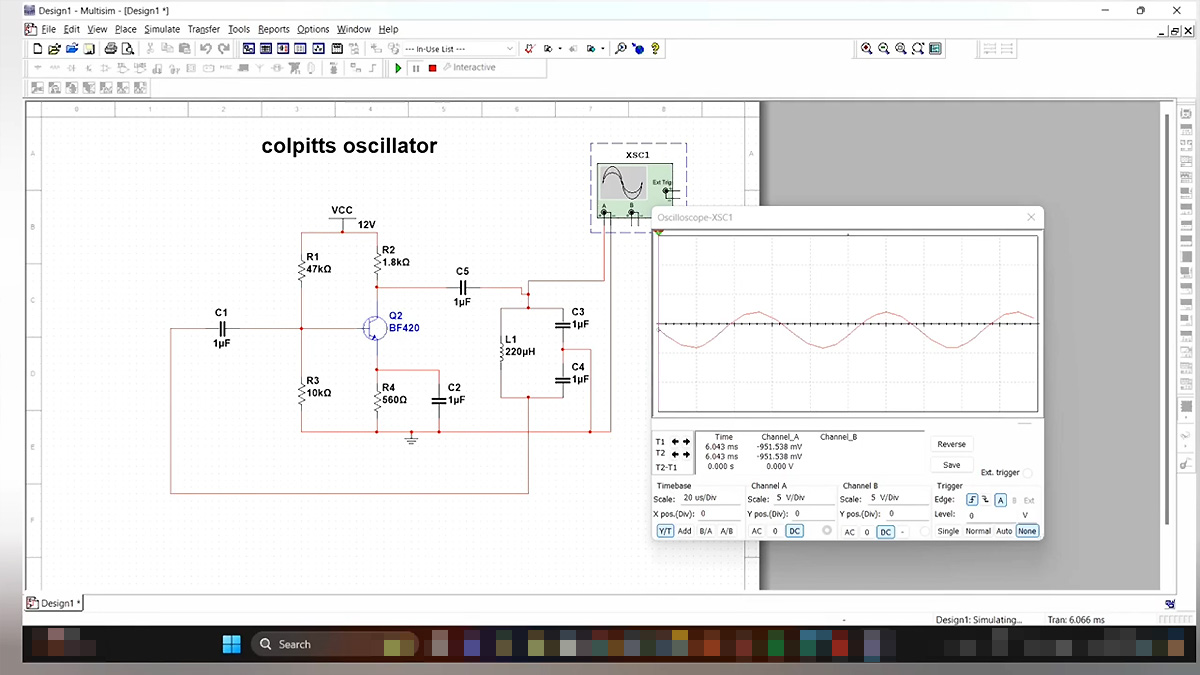







































![What iPhone 17 model are you most excited to see? [Poll]](https://9to5mac.com/wp-content/uploads/sites/6/2025/04/iphone-17-pro-sky-blue.jpg?quality=82&strip=all&w=290&h=145&crop=1)













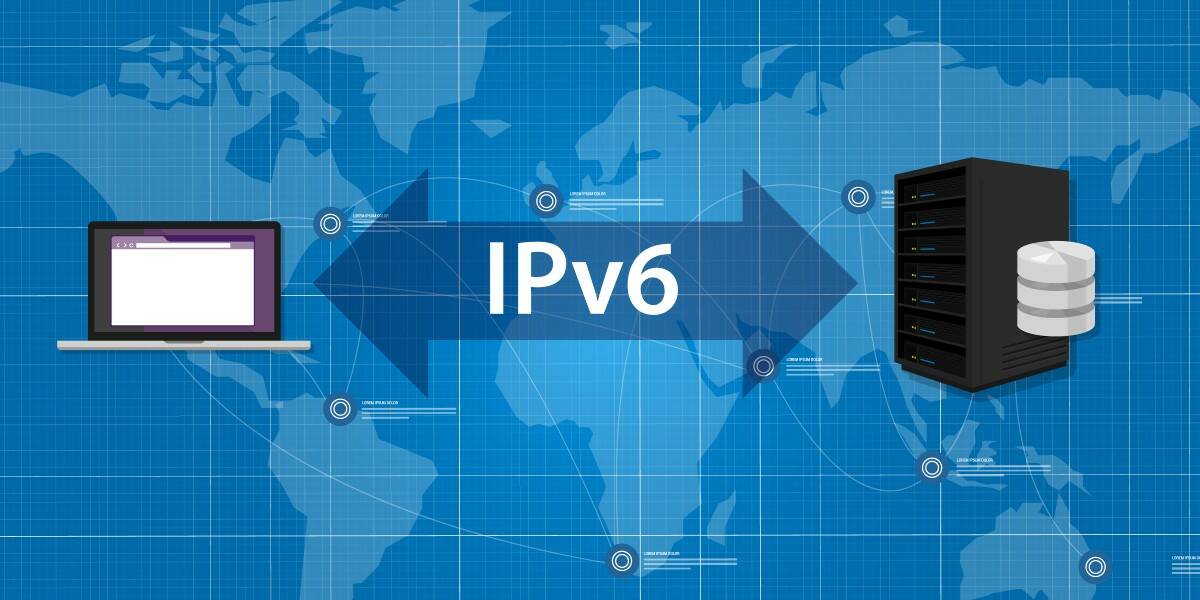



![Hands-On With 'iPhone 17 Air' Dummy Reveals 'Scary Thin' Design [Video]](https://www.iclarified.com/images/news/97100/97100/97100-640.jpg)
![Mike Rockwell is Overhauling Siri's Leadership Team [Report]](https://www.iclarified.com/images/news/97096/97096/97096-640.jpg)
![Instagram Releases 'Edits' Video Creation App [Download]](https://www.iclarified.com/images/news/97097/97097/97097-640.jpg)
![Inside Netflix's Rebuild of the Amsterdam Apple Store for 'iHostage' [Video]](https://www.iclarified.com/images/news/97095/97095/97095-640.jpg)

















